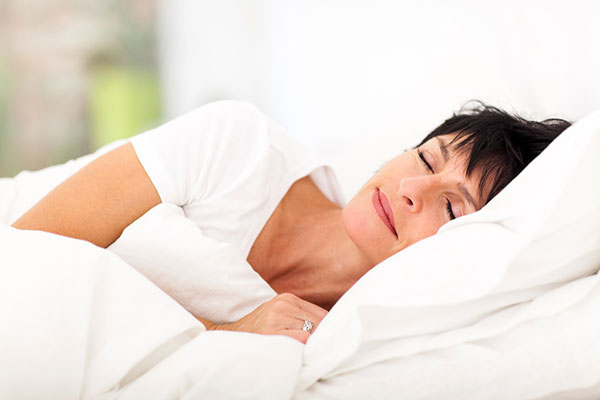Hot flushes and night sweats are probably the two symptoms of the menopause that affect our lives the most and three out of four women will suffer. Both of these symptoms affect our daily routines and our quality of sleep which has a huge impact on the way we feel.
Decreasing levels of oestrogen affect the hypothalamus which is responsible for setting our body temperature. The hypothalamus mistakenly senses the body is overheating. What follows is a sudden feeling of intense heat, which spreads across the face, neck, and chest and can result in red, flushed skin, palpitations and excessive sweating. This sudden feeling of heat is often followed by a sudden chill, caused by the excessive sweating.
In my previous pages, I have covered nutrition and wellbeing in menopause, giving advice and ideas on what we should eat and what supplements we should take to help with both hot flushes and night sweats. Everyone’s experience is unique and flushes may happen at any time, once a day or every hour. Hot flushes can be triggered by many things from caffeine to spicy food, from chocolate to wine and stress. Night sweats are just as troublesome, they are the nocturnal version of hot flushes, affecting our sleep so that we wake up exhausted in the morning.
Which brings me to clothing and materials, the right fabrics can make a real difference. Always choose loose clothes and layering is very important so that you can remove easily if you get too hot and easily put back on as you cool down. Natural fabrics such as cotton, linen, silk, flax or bamboo are more breathable than synthetics which trap heat and odours. If you sweat a lot, look for moisture wicking fabrics. Wicking fabrics are modern technical fabrics which draw moisture away from the body.
Cotton or linen bedding is cooler than a polyester mix and it allows the skin to breathe. Opt for natural sheets, 100% cotton sheets and duvet covers are more effective than synthetic alternatives. However, cotton may be lovely and cool, but it will stay damp if you sweat. There are some great products with technical fabrics available today which help with night sweats. Avoid memory foam as this retains heat. Choose light bedding, it is easier to have a light duvet and then add an extra layer which you can throw off when it gets too hot, like wool which is a highly effective natural fibre when it comes to absorbing moisture.
Have a look at my favourite pieces of clothing and some ideas on how to keep cool in the bedroom!

